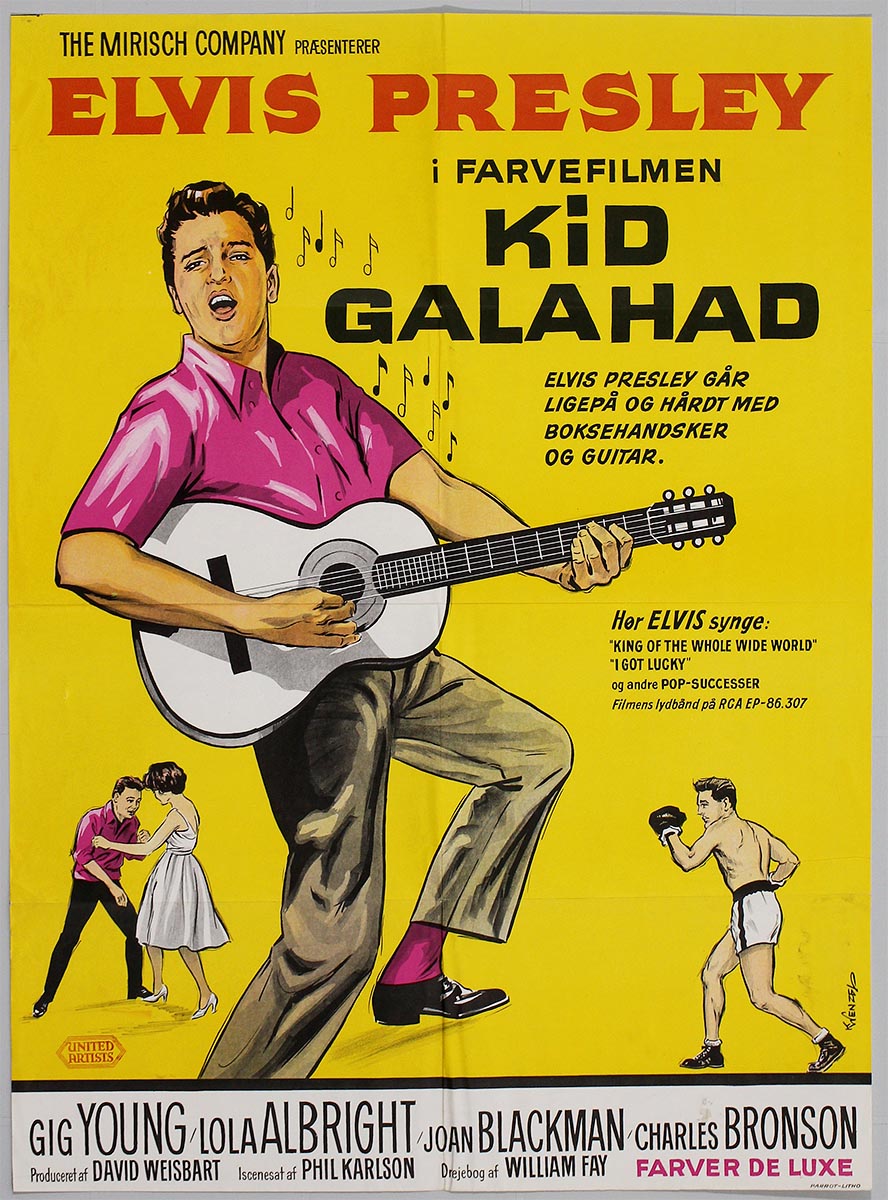
Traditionally, the capital letters were stored in a separate shallow tray or "case" that was located above the case that held the small letters. These terms originated from the common layouts of the shallow drawers called type cases used to hold the movable type for letterpress printing. The terms upper case and lower case may be written as two consecutive words, connected with a hyphen ( upper-case and lower-case – particularly if they pre-modify another noun ), or as a single word ( uppercase and lowercase). In mathematics, on the other hand, letter case may indicate the relationship between mathematical objects, with uppercase letters often representing “superior” objects (e.g., X could be a mathematical set containing the generic member x). In some contexts, it is conventional to use one case only, for example, engineering design drawings are typically labelled entirely in uppercase letters, which are easier to distinguish individually than the lowercase when space restrictions require that the lettering be very small. In orthography, the uppercase is primarily reserved for special purposes, such as the first letter of a sentence or of a proper noun (called capitalisation, or capitalised words), which makes the lowercase the more common variant in regular text. The choice of case is often prescribed by the grammar of a language or by the conventions of a particular discipline. Letter case is generally applied in a mixed-case fashion, with both upper and lowercase letters appearing in a given piece of text for legibility.

The two case variants are alternative representations of the same letter: they have the same name and pronunciation and are treated identically when sorting in alphabetical order. The writing systems that distinguish between the upper and lowercase have two parallel sets of letters, with each letter in one set usually having an equivalent in the other set. Letter case is the distinction between the letters that are in larger uppercase or capitals (or more formally majuscule) and smaller lowercase (or more formally minuscule) in the written representation of certain languages. The harrowing scene is embedded below, but viewer discretion is highly advised.The lower-case "a" and upper-case "A" are the two case variants of the first letter in the English alphabet.
#FOTOBIZ X DELETE MAGAZINES MOVIE#
Kaye might not have been sold on the movie at first, but he would later opine: “I’m not allowed to say these kinds of things because I was part of it, but I think it’s one of the great scenes of Hollywood.”
#FOTOBIZ X DELETE MAGAZINES FREE#
There is no hint of fiction in the attention grab of the scene, thus the shudder that follows it is equally free of thrills and you are left touching your teeth thereafter, just to check they are still in your mouth. There are many gutsy scenes in modern cinema, the Saw movie franchise has peddled them like a torturous Lance Armstrong, but the real visceral edge to the curb stomp is the way that it lingers beyond the gratuitous despite being entirely repulsive. I knew that this movie would have some lasting power.” And then as his foot comes down on the back of the head, every single person in the theatre jumped out of his seat at the same time. “Just watching the build to that scene I could see every head frozen. “I remember going to a film festival in Chicago right before the movie had come out,” he explained. McKenna would later recall the moment of the premiere. That to me was the crux of the character.”

The sounds that you hear while Lawrence has his teeth on the curb is me trying to articulate that you can’t kill us all. So even up to the last moment, he doesn’t go down willingly. The masterful realism that Lyons gives the scene thereafter is worth its weight in spasm-inducing gold, and as he explains, it came from a very internal place: “The truth that you hold in your mind is that somebody is killing you because of the colour of your skin. A fake rubber curb was then quickly created so that the harrowing teeth scrape could be filmed close up before the inevitable boot lands to the back of the neck. Dogs walk around and piss on this!’” Lyons recalled. “I was a bit sort of concerned about that. Nevertheless, in order for the shot to look real, the actor, Antonio David Lyons, playing the tortured curb chewer Lawrence, had to plant his teeth on the curb at one point.


 0 kommentar(er)
0 kommentar(er)
